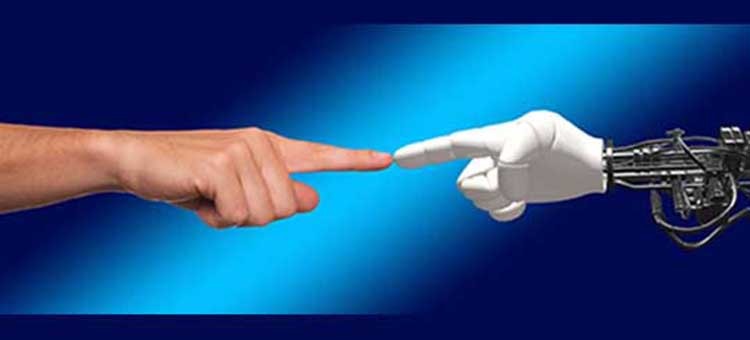Remember Terminator 2? Yes, the Terminator 2 movie released during 1991 considered as the best science fiction film of all time. But have you ever wondered this science fiction is turning into reality?
Thanks to Artificial intelligence, which is creating astonishing development in robotics, IoT and Intelligent personal assistants like Siri, and Alexa to the autonomous car.
What exactly is this artificial intelligence?
The most simple descriptor to define artificial intelligence is collecting data about the world and using that data to make prediction in the short and long term.
Artificial Intelligence started gaining its prominence in 1996 when IBM’s chess program supercomputer Deep blue beat world champion Gary Kasparov. Folks would like to call this as a miracle, but ever thought of how this miracle could have happened?
Yes, you guessed it right Deep blue’s chip consisted of around 1.5 million transistors arranged to inform of specialized blocks kind of move generator logic array, which could predict 200 million chess position per second. Within two decades, AI has become part and parcel of human life.
For the upcoming 2020 Olympics, Japan will deploy robot assistants. These robots will assist mobility solution during the Tokyo 2020 Olympics. One of the T-HR3 humanoid robots to be remotely controlled through a 5G network for a distance about 6.2 miles fascinating, right? T-HR3 is third generation humanoid robot, which can be controlled and synchronized with the help of an operator’s movement.
Artificial intelligence has gained a lot of prominence in the autonomous vehicle hailed as future mobility. According to the reports published by Allied market research, the global autonomous vehicle market is expected to hit 556.67 billion USD by 2026. The major challenge involved in an autonomous vehicle is processing the volume of raw data generated from the sensor block. Processing the raw data must be done real-time even a small delay can lead to a catastrophic situation.

Engineers struggle to process the raw data into meaningful insights. To overcome this kind of challenges engineers can utilize powerful computing architecture and embedded AI platform. For a complex autonomous vehicle system, it is very arduous to implement such a complex system using traditional RTL design, which is also a time-consuming process.
Embedded AI development platforms such as Xilinx Zynq UltraScale+ and Intel Arria 10 offers outstanding performance, scalability, flexibility, for deep learning and high speed-communication solution systems. Intel Arria 10 can support more than 20 channel of video inputs since deep learning network requires a larger memory footprint. Intel Arria 10 FPGA with high performance and low power capabilities makes it ideal for automotive, wireless backhaul, and military radar application for secure communication and navigation systems.
One of the test case on Intel Arria 10 FPGA in collaboration with Horizon robotics to design and develop a 3D mapping system for autonomous driving which transform a video stream from a single, front-facing camera mounted to the roof of the vehicle into a real-time, 3D map of the vehicle surroundings.
Zynq UltraScale+ MPSOC by Xilinx is the next generation SOC product, built on 16 nm technology. Consist of a heterogeneous multi-processing system which has the right engine for the right task.
One of the recent development by Red zone Robotics on fully autonomous sewer pipeline inspection robots powered by Xilinx. With the help of the Xilinx Zynq processor, these robots collect real-time data and analyze the data in real-time.
With ongoing research and development and the emergence of associated infrastructure, we expect to see groundbreaking developments in the very near future and hope that AI will help advance our society.
About Author:
Avinash N Bhat holds seven years of experience in the fields of Semiconductor and electronic component industry. He holds a Bachelors of Electronics and communication degree from Visvesvaraya Technological University and an MBA from IFIM B School.















